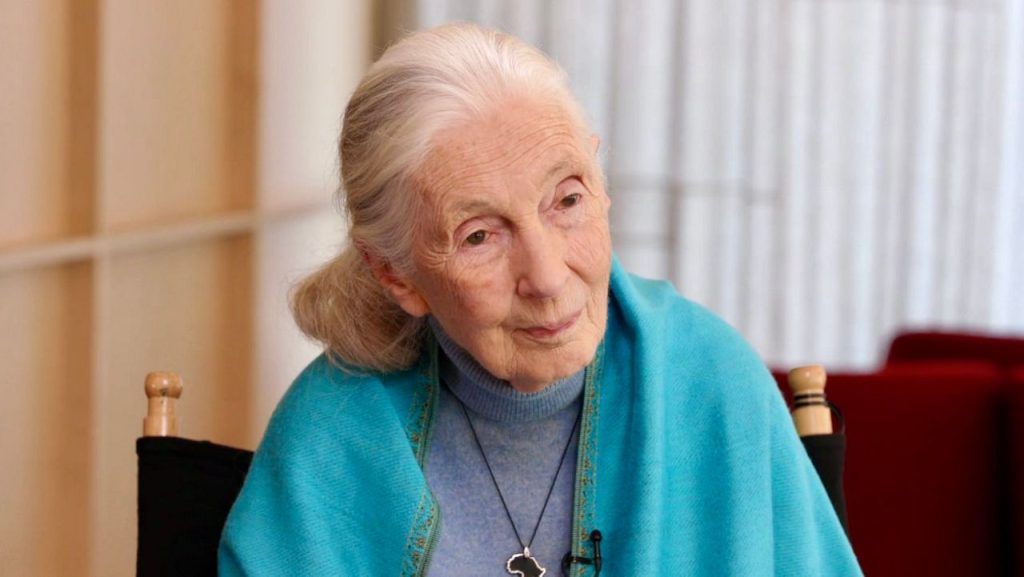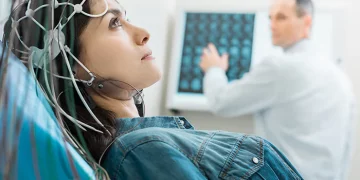Introduction: The New Frontier of Healing Through Immersive Technologies
The quest for healing and wellness has continuously evolved with human culture, integrating new tools and technologies alongside ancient traditions. In recent years, immersive technologies such as augmented reality (AR), virtual reality (VR), and holography have begun to redefine the landscapes of healthcare and holistic healing. These innovations offer interactive, multisensory environments that can simulate healing rituals, guided meditations, and therapeutic spaces in ways never before possible. This article explores whether holograms and immersive digital environments can truly facilitate healing, how they are merging with holistic practices, and the psychological and physiological mechanisms behind this transformative technology.
Understanding Holograms and Immersive Technologies
Holography produces three-dimensional images formed by light interference patterns, allowing users to experience lifelike visuals without special glasses. Augmented reality layers digital content onto the physical world, enhancing perception, while virtual reality creates fully immersive artificial environments through headsets or room-scale setups.
When applied to healing, these technologies offer dynamic, customizable spaces that can evoke calm, inspiration, and spiritual connection. Unlike traditional media, immersive environments engage multiple senses—visual, auditory, and sometimes tactile—amplifying emotional and cognitive effects.
Historical Context: Healing Rituals and the Power of Experience
Healing rituals across cultures often rely on sensory immersion—chants, scents, colors, and symbolic artifacts—to invoke transformation and well-being. These experiences trigger neurobiological responses that promote relaxation, emotional release, and resilience.
Immersive tech can replicate and expand these sensory inputs, creating virtual ceremonies, guided journeys, or sacred spaces that evoke presence and mindfulness. By digitizing ritual elements, holograms may democratize access to healing experiences otherwise limited by geography or culture.
Psychological Mechanisms: How Immersive Environments Facilitate Healing
Immersive environments can induce flow states, mindfulness, and altered consciousness conducive to healing. The brain’s neuroplasticity—the capacity to rewire itself—responds to novel stimuli that encourage relaxation, emotional regulation, and cognitive reframing.
Holographic and VR spaces can reduce anxiety, alleviate pain perception, and improve mood by distracting users from distress and fostering positive mental imagery. Guided virtual rituals can evoke feelings of safety and connection, crucial for trauma recovery and stress reduction.
Examples of AR/VR Healing Applications
- Virtual Meditation Spaces: Users enter serene virtual forests, beaches, or temples, guided through breathwork or visualization exercises that deepen relaxation.
- Holographic Healing Guides: Digital shamans, healers, or therapists appear as holograms offering personalized rituals or coaching.
- Pain Management: VR has been shown to reduce acute and chronic pain by immersing patients in engaging, soothing environments that modulate brain pain centers.
- Mental Health Therapy: Immersive exposure therapy for phobias, PTSD, or anxiety disorders harnesses controlled environments to promote healing in safe settings.
Integration with Holistic Rituals
Holistic healing emphasizes mind-body-spirit integration, often incorporating ceremony, intention, and community. AR/VR and holograms enable remote participation in group rituals, virtual ceremonies, or sacred teachings.
Practitioners can blend physical rituals with digital overlays—such as projecting chakra colors onto the body or visualizing energetic flows—enhancing experiential learning and embodiment. These hybrid models preserve cultural authenticity while adapting rituals to digital natives.
Technological Innovations Enabling Healing Holograms
Advances include spatial audio that mimics 3D soundscapes, haptic feedback for touch simulation, and AI-driven avatars that respond empathetically to users. Real-time biometric monitoring can adjust virtual environments based on heart rate, breathing, or brainwave patterns, creating responsive healing experiences.
Cloud computing and 5G connectivity facilitate seamless multi-user sessions, enabling virtual healing circles and collective meditations across distances.
User Experience and Accessibility
Immersive healing technologies offer inclusivity for people unable to access in-person healing due to mobility, geographic, or social constraints. They also provide privacy and comfort for users exploring emotional or spiritual work.
However, user experience depends heavily on hardware quality, interface design, and content authenticity. Poorly designed experiences risk disconnection or overwhelm, underscoring the importance of collaboration between technologists, healers, and psychologists.

Scientific Research and Efficacy
Studies confirm VR’s efficacy in reducing procedural pain, anxiety, and PTSD symptoms. Emerging research on holographic and AR healing applications shows promise but remains in early stages.
Quantifying the benefits of immersive holistic rituals requires interdisciplinary research combining neuroscience, psychology, and cultural studies. Longitudinal studies are needed to assess sustained outcomes and potential integration with conventional therapies.
Ethical Considerations and Cultural Sensitivity
Digitizing sacred rituals raises concerns about cultural appropriation, authenticity, and commodification. Developers and practitioners must engage respectfully with traditional knowledge holders and ensure informed consent.
Privacy and data security are paramount, especially when collecting biometric or emotional data during immersive sessions. Transparency about data use and potential psychological risks is necessary to maintain trust.
Potential Challenges and Limitations
Technological barriers include high costs, access to hardware, and digital literacy gaps. Motion sickness or sensory overload can limit usability for some populations.
The immersive experience, while powerful, cannot replace human connection entirely. The therapeutic alliance—trust and empathy between healer and client—is essential and may be diminished in virtual formats.
Moreover, not all healing conditions respond equally to digital interventions; some require physical touch or in-person assessment.
Future Directions: Hybrid Healing Ecosystems
The future likely holds integrated wellness ecosystems combining in-person care with immersive technologies. Augmented healing spaces could be installed in clinics, yoga studios, or retreats, blending physical and digital realms.
AI-powered holographic guides may evolve to provide increasingly sophisticated emotional support, learning from individual responses and cultural contexts. Collaborative platforms might foster global healing communities, bridging diverse traditions.
These developments encourage personalized, scalable, and culturally adaptive approaches to wellness.
Practical Guidance for Users Interested in Immersive Healing
- Begin with reputable platforms and guided sessions led by qualified practitioners.
- Use immersive healing as a complement, not a substitute, for medical or psychological care.
- Pay attention to your emotional and physical reactions; take breaks if overwhelmed.
- Engage with community and cultural contexts to deepen understanding and respect.
- Explore affordable options like smartphone-based AR apps before investing in costly VR setups.
Conclusion: Embracing a New Paradigm of Healing Through Holograms and Immersive Tech
Immersive technologies like holograms, AR, and VR hold transformative potential to enhance healing by creating deeply engaging, multisensory environments that blend tradition with innovation. While not a panacea, these tools expand access to holistic rituals and supportive spaces, fostering emotional, psychological, and spiritual well-being in unprecedented ways.
The next frontier in healing may not be confined to physical space but accessed through holographic portals, inviting us to explore inner landscapes and collective connections anew. As technology matures and integrates ethically with cultural wisdom, holograms could become essential companions on the journey toward wholeness.










































